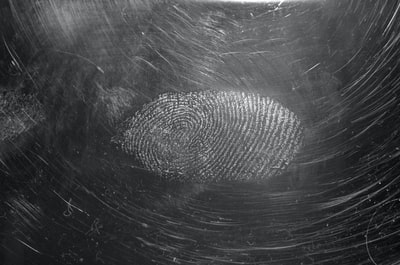
Due to these health risks it’s vitally important that substances containing radiation are labelled properly. This is achieved with the following hazard symbol.
The risk to humans depends on whether the source of radiation is inside or outside the body.
| Alpha radiation | Beta radiation | Gamma radiation | |
| Inside the body (swallowed or breathed in) | Very dangerous as easily absorbed by the cells | Less dangerous as will probably just pass through the cells | Less dangerous as will probably just pass through the cells |
| Outside the body | Not dangerous as very unlikely it will pass through the skin to the cells | Very dangerous as can penetrate the skin and damage the cells | Very dangerous as can penetrate the skin and damage the cells |
——————————————————
Photographic film

People who work in environments where radiation is present wear special film badges which contain a little photographic film inside them. This is then checked on a regular basis to check how much the workers have been on contact with radiation.
Inside the badge is a light-proof packet of photographic film which absorbs the radiation. However, in order to get an accurate reading of how high the dose of radiation was the film is covered by a number of different materials, for example, plastic, aluminium and copper, as well as an open area.
Geiger-Muller tube
When a Geiger-Muller tube absorbs radiation an electrical pulse is triggered. This is picked up by a counting machine which either displays the count rate or makes a clicking sound. The higher the count rate or the more clicks produced the higher the level of radiation.